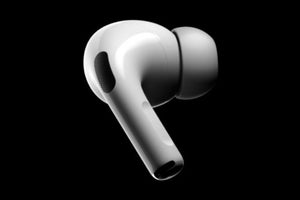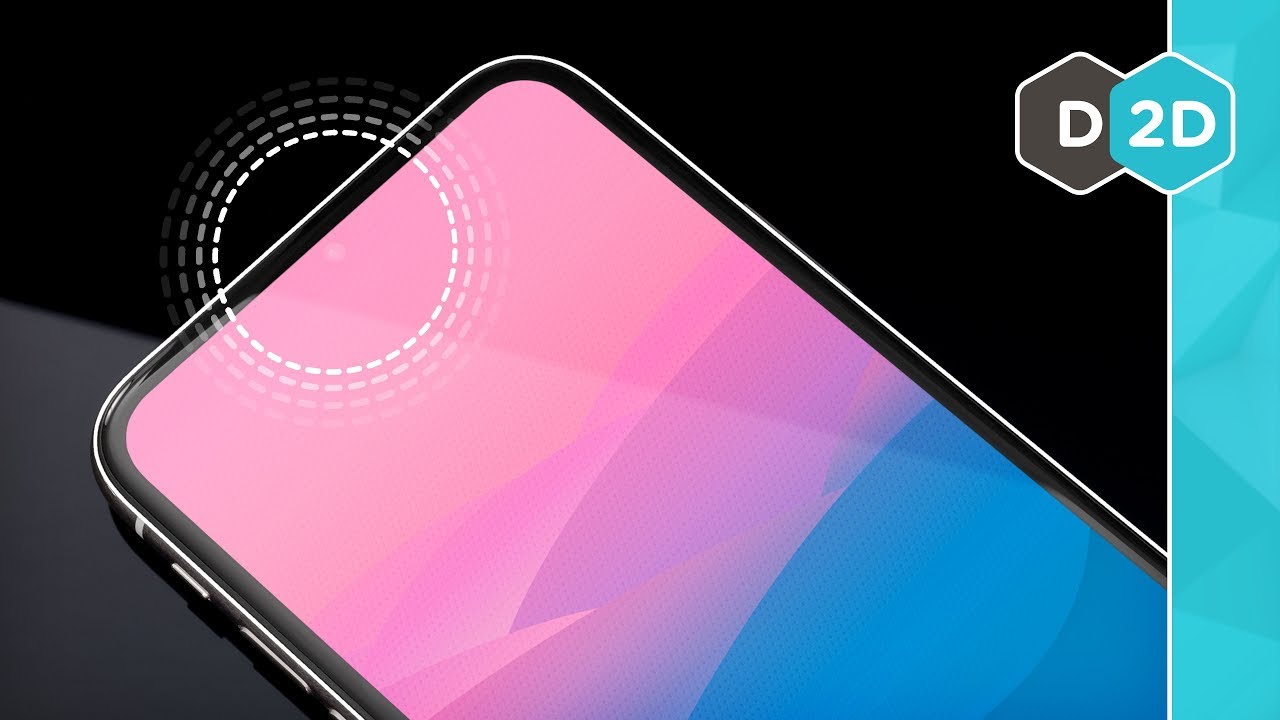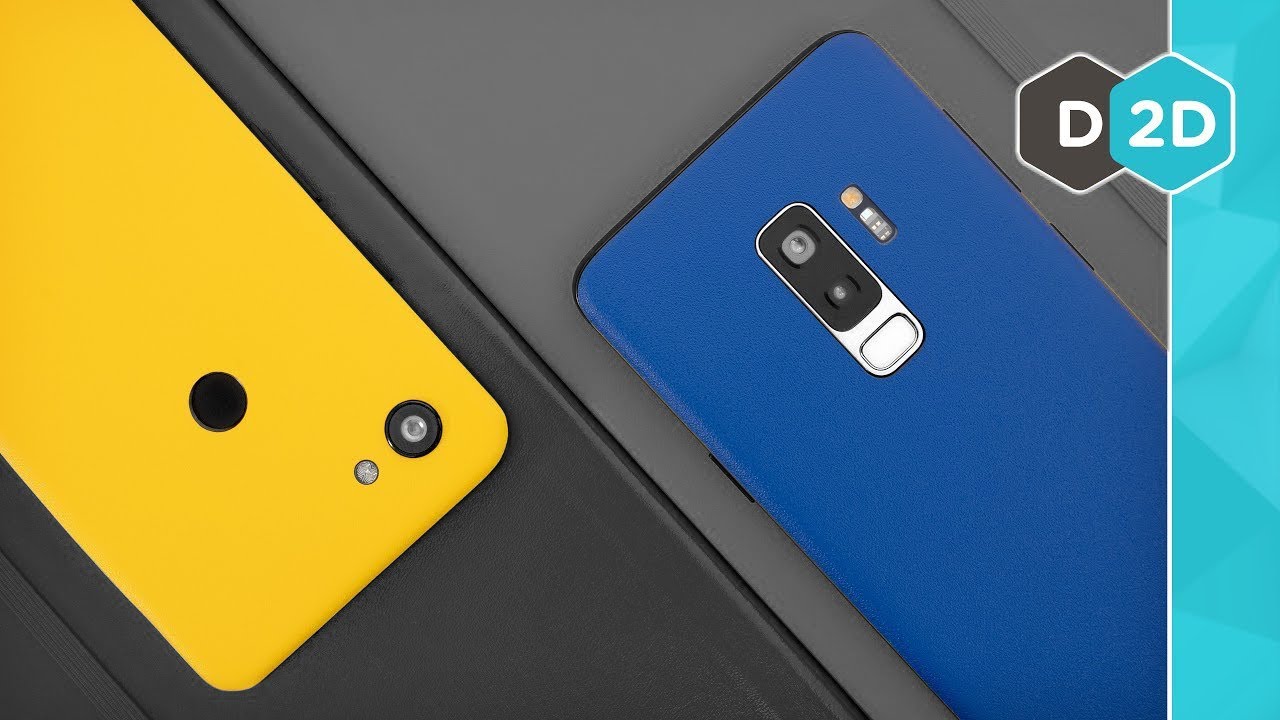I’ve been loving my AirPods Pro since I got them a few weeks ago. I was originally an AirPods skeptic—I never liked the way EarPods fit or sounded—but their wire-free convenience made me a believer. The AirPods Pro took it further with the introduction of noise-cancelling technology that allows me to use them when I’m vacuuming, mowing the lawn, or flying, and their clever Transparency mode lets me stay in tune with my surroundings when I need to.
But this is just the beginning. I agree with my colleague Dan Moren that the features of AirPods Pro hint at Apple’s future in augmented reality tech. As Apple increases the amount of processing power that it can fit into AirPods, Transparency mode is a huge hint of the audio-processing possibilities to come.
Software that works like magic
I produce a lot of podcasts, many of which feature speakers who are participating from challenging audio conditions. They’ve often got bad (or no) microphones, they’re in echoey rooms, and frequently there’s a heater, air conditioner, or fan running in the background. (Nothing marks the passing of seasons for a podcast editor more than hearing the recordings move from the hum of AC to the buzz of heating!)
What I’ve learned in the last few years as I’ve become more savvy about audio software is that for a few hundred dollars, you can buy software that will process audio in ways that seemed impossible. I own plug-ins that will remove electrical hums and broadband hiss from the background of an audio file automatically and in a very short period of time. That person who recorded next to a blasting air conditioner in the middle of summer? My software can make it so you wouldn’t even know the AC unit was there.
Then there’s the de-echoing software, which can take the sound of someone who is in a room full of hard surfaces and sounds like they’re at the bottom of a well, and clean them up to the point that they sound almost as good as someone in a sound booth.
Blowing wind? There’s a plug-in for that. Extraneous breathing? There’s a plug-in to wipe that out. The list goes on. Professional audio software is really good. Way better than I ever expected.
Which brings me back to AirPods Pro.
Process my world
Right now, AirPods Pro has three audio modes. In the first, there’s no processing at all—the outside world is only filtered out because you’ve stuck little earbuds in your ear holes, which naturally blocks some of the sound. In the second, the AirPods each use two microphones to monitor the noise in your surrounding environment and then generate an inverted waveform to cancel out that noise—that’s how noise cancelling works.
 Apple
AppleThe black patch on the AirPods Pro is a microphone used for noise cancelllation.
The third mode, Transparency, is the most interesting. It relays sound from an external microphone and layers it over whatever you’re listening to, so you are artificially hearing the outside world….
https://www.macworld.com/article/3454366/airpods-pro-is-just-the-start-of-apples-audio-processing-revolution.html#tk.rss_all

















